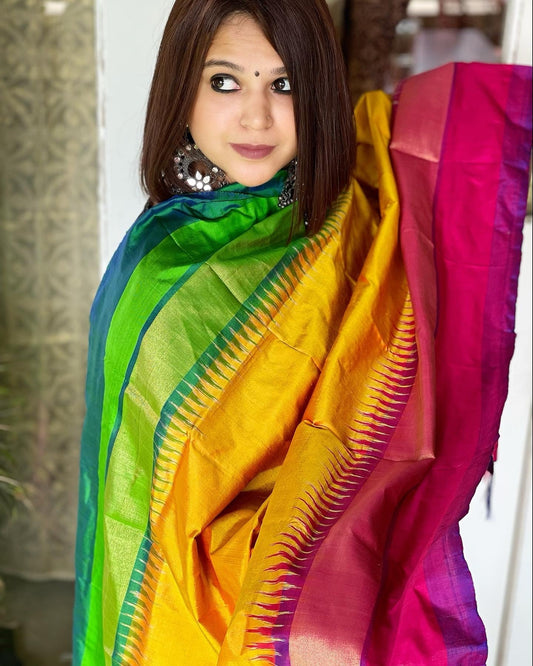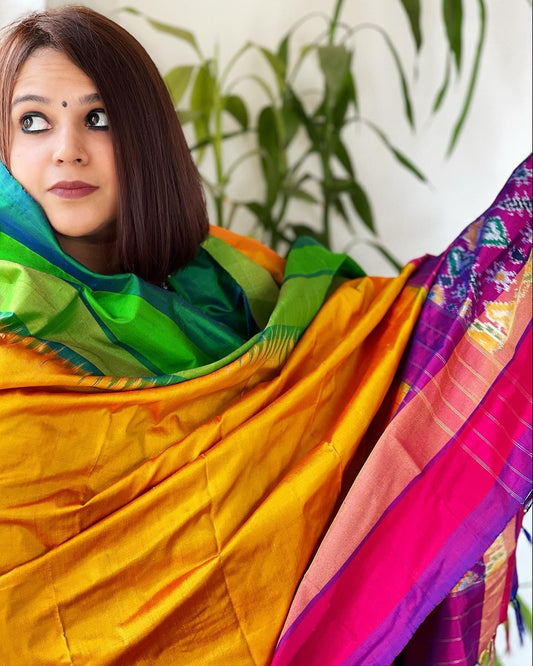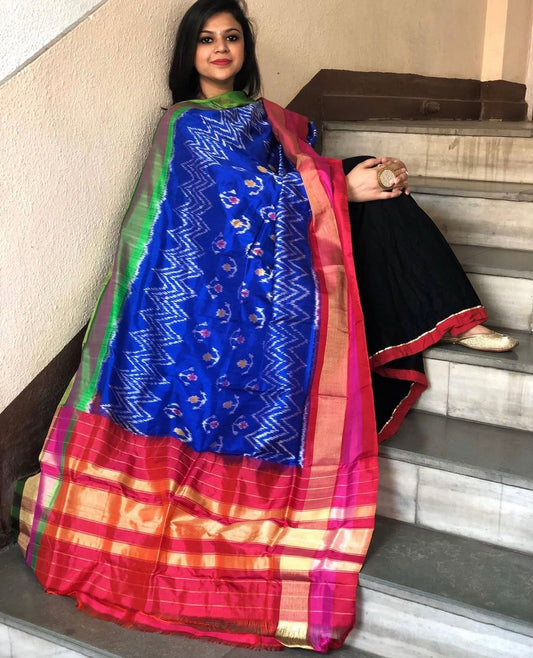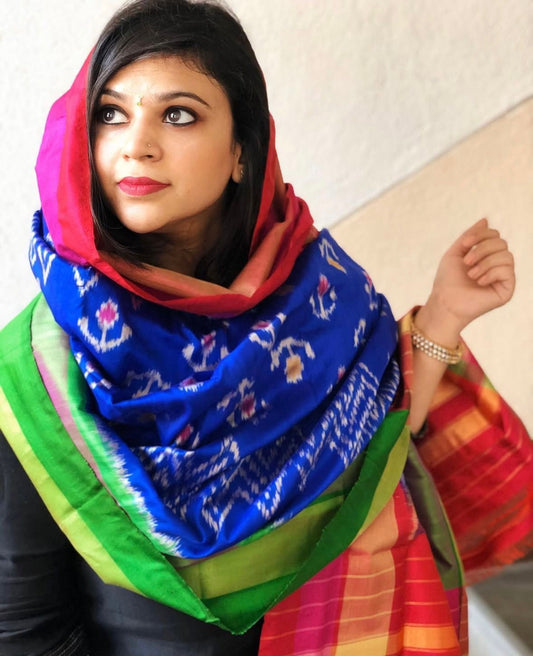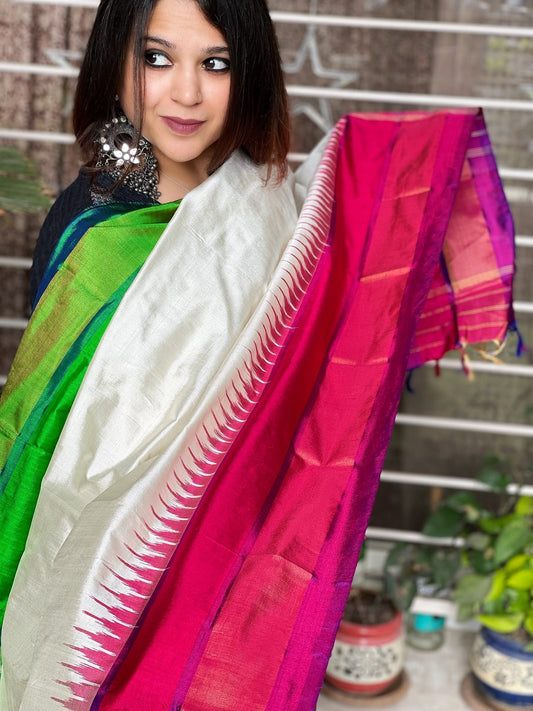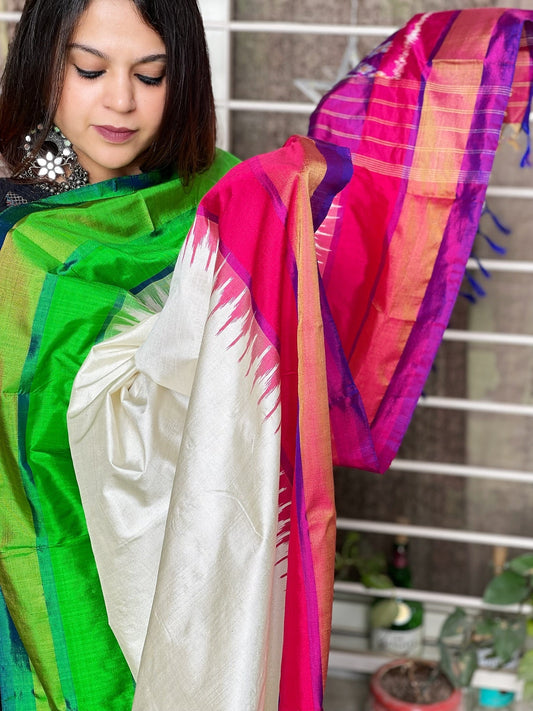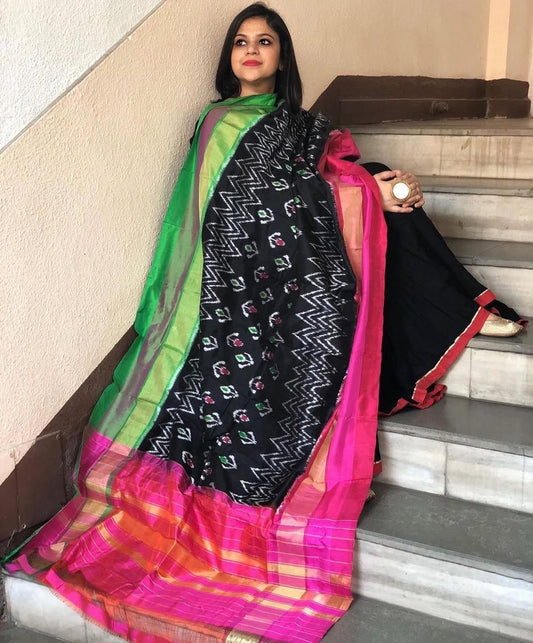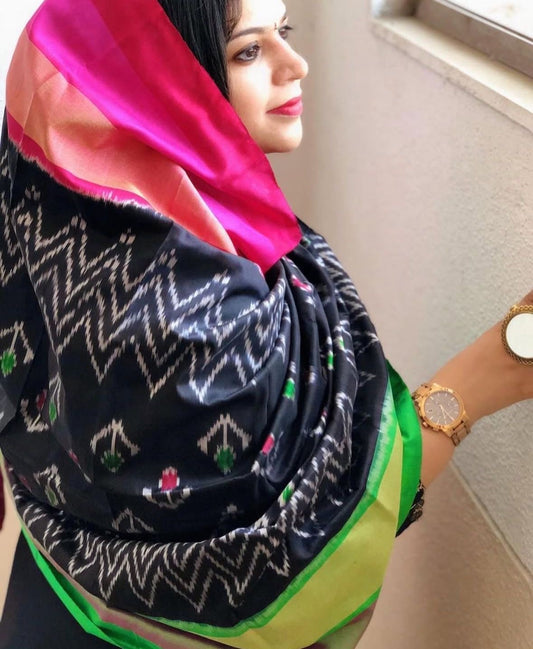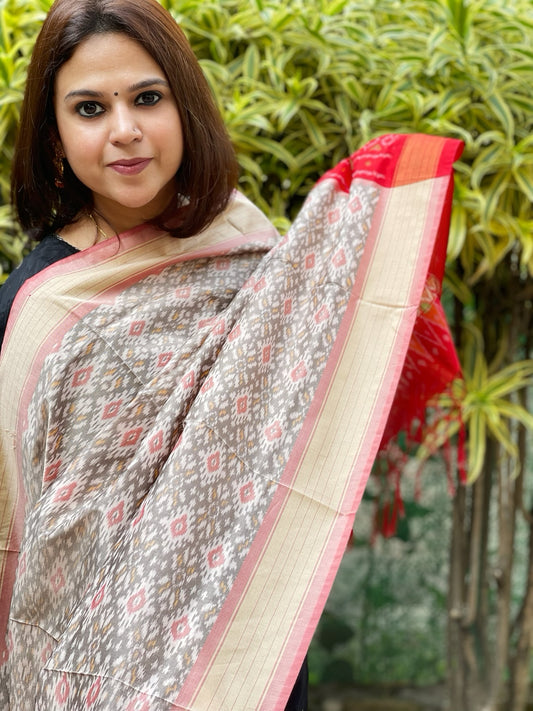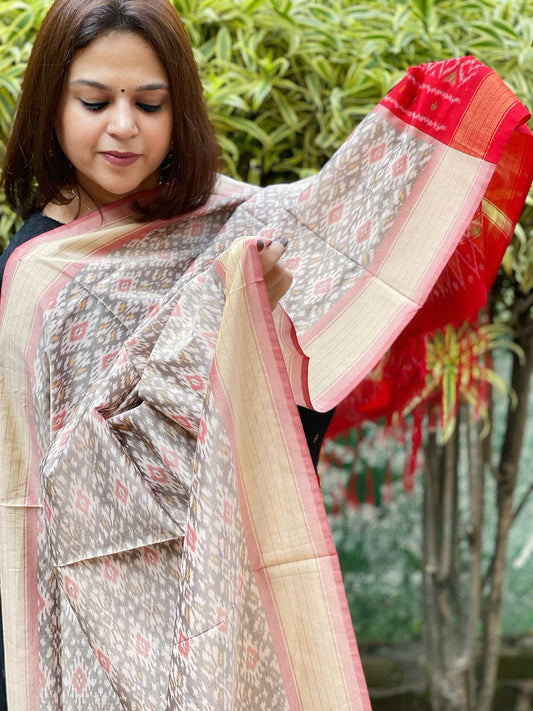Addressing Fading Colours in Your Madhubani Dupattas: Prevention and Solutions
Madhubani dupattas are cherished pieces of art that carry a rich cultural heritage with every intricate pattern and vibrant hue. Originating from a centuries-old tradition of painting, these dupattas captivate wearers with their storytelling nature, often depicting folklore, mythology, and everyday village life on fabric. Each piece is a testament to the artisan's skill and dedication, turning simple cloth into an expressive canvas. Madhubani depictions are known for their bold outlines and striking contrasts, elements that make them an eternal favourite for those who appreciate the finer crafts of India.
Preserving the vibrant colours in Madhubani dupattas is crucial to maintaining their beauty and cultural value. The pigments used in these artworks are typically derived from natural sources, making them sensitive to external conditions like sunlight, humidity, and washing methods. Over time, improper care can lead to fading colours, overshadowing the dupatta's charm. It's important to employ preventive measures and solutions to ensure these vibrant colours remain as lively and expressive as the day they were created.
Origin and History of Madhubani Dupattas
The term "Madhubani" derives from a town in the northern part of Bihar, India, where the craft originated. This art form dates back over 2,500 years and is believed to have flourished during the era of the kings and dynasties that ruled the Mithila region. It was during the time of King Janaka, who ruled over Mithila, that Madhubani painting gained prominence. The style was traditionally used by women to decorate the walls and floors of their homes, especially during ceremonies and gatherings, symbolising prosperity and divine blessings.
Madhubani art transitioned from walls to fabric as artisans began painting it on textiles, creating unique garments like dupattas that embody the culture and stories of this vibrant art form. This transition was fuelled by an effort to preserve the rich heritage while introducing it to a broader audience through wearable art. Over the years, the evolution of Madhubani paintings has been driven by the creativity and personal touch of the artisans, who continue to uphold its traditional values despite the pressure from modern influences.
Production Process of Madhubani Dupattas
Crafting Madhubani dupattas involves a meticulous process steeped in tradition and artistry. Artisans begin by preparing the fabric, often choosing cotton or silk to provide a smooth canvas for their paintings. The next step involves creating bold outlines using twigs or brushes dipped in black dye, usually derived from charcoal or soot. This stage sets the framework for the intricate designs that define Madhubani art.
Once the outline is ready, vibrant colours are carefully filled in. These colours are extracted from natural sources—red from ochre, blue from indigo, and yellow from turmeric—ensuring each dupatta is free from harmful chemicals. It's a task that demands patience and precision, often taking several days to complete a single piece, depending on the complexity of the design. The final product is a harmonious blend of tradition and modern fashion, capturing the heart of Indian craftsmanship.
Creating each Madhubani dupatta is labour-intensive, requiring dedication and skill to navigate the natural imperfections that come with handmade art. These imperfections make each piece unique, a mark of its handcrafted charm rather than flaws. As artisans pour their creativity into every brushstroke, they keep alive the legacy of their ancestors, passing down knowledge from one generation to the next.
Common Causes of Fading Colours in Madhubani Dupattas
The radiant colours that make Madhubani dupattas special can unfortunately fade over time. Several factors contribute to this, with exposure to direct sunlight being one of the main culprits. The powerful UV rays can bleach the vibrant natural dyes, leading to dullness. Similarly, humidity levels can impact the dyes adversely, causing the colours to run and the fabric to weaken over time.
It's also important to consider washing techniques. Harsh detergents and rigorous washing routines can strip the colours right off, leaving the dupatta looking washed out. Instead, it's advisable to use gentle washing solutions. Additionally, look out for these signs of fading in your dupattas:
- Colours appear less bright than when you first got the piece.
- There's a noticeable difference in hue across different sections of the fabric.
- Threads appear thinner, indicating wear and tear.
By understanding these factors, you can take timely steps to maintain the vibrant tones of your beloved Madhubani dupattas.
Practical Tips to Prevent Colour Fading
To keep your Madhubani dupattas looking as stunning as the day you bought them, a few practical care tips can make a big difference. One of the most effective methods to preserve colour integrity is through proper storage. Keep your dupattas in a cool, dark place, away from direct sunlight and high humidity. You can also wrap them in soft, breathable fabric to protect them from dust and light exposure.
When it's time to clean your dupatta, opt for lukewarm water and mild soaps. Avoid wringing the fabric too hard; instead, gently squeeze out excess water. A simple rinse will also help preserve the colours better. Here are some routine practices to extend longevity:
- Always air-dry your dupattas in a shaded area to prevent direct sun damage.
- Use padded hangers to maintain the shape and avoid creasing.
- Handle the artwork with care, avoiding any harsh folds or accidental scratches.
By incorporating these simple steps into your dupatta care routine, you ensure that your craft remains a dazzling piece of art that complements your wardrobe.
Effective Solutions to Restore Faded Colours
If your dupatta has already started losing some of its splendour, don't worry. There are ways to breathe life back into those colours. One practical step involves soaking the dupatta in a solution of vinegar and water. This can help set the remaining dyes. Also, using specific fabric care products designed for natural dyes can help rejuvenate the colours.
Professional care offers additional benefits. Experts can often restore colours through special treatments that are beyond home methods. They know how to handle delicate fabrics without causing further damage, ensuring your dupatta is in good hands.
Remember, regular maintenance can prevent significant fading, but if damage has been done, it's best to reach out for professional help. Their expertise can not only restore the fading hues but also add extra layers of protection to make the dupatta more resistant to future fading.
Embrace Colourful Tradition
Maintaining and restoring your Madhubani dupattas isn't just about preserving a piece of clothing. It's about honouring a craft that holds deep cultural roots. By investing time and effort into proper care, you keep the tradition alive and vibrant.
Such crafts not only connect us to a rich history but also offer a glimpse into the artistic talent of generations past. With each piece, you're not just wearing an accessory but showcasing a cherished story painted into fabric. It's an opportunity to celebrate and cherish unique artistry that represents both personal and cultural heritage.
Taking these steps ensures that each time you drape your dupatta, you do so proudly, sharing a piece of cultural history with every swirl of vibrant fabric.
Preserving the artistic essence of your dupattas is a rewarding endeavor, connecting you with a rich tapestry of heritage. If you're looking to explore more of these artistic treasures or add to your collection, discover the exquisite Madhubani dupattas at Masakalee. Each piece reflects the timeless beauty and tradition of Indian craftsmanship, making it a cherished addition to any wardrobe.



